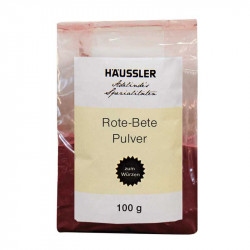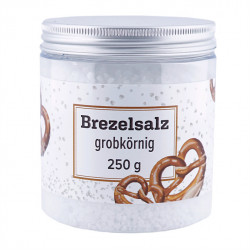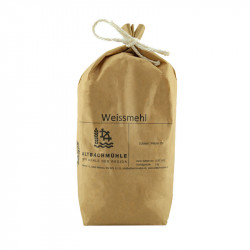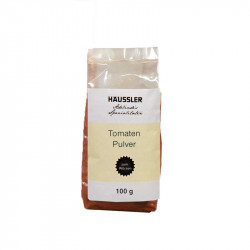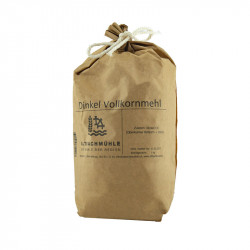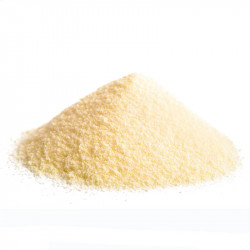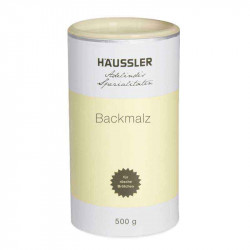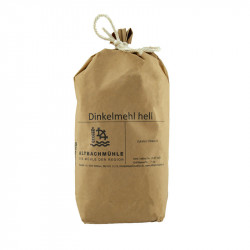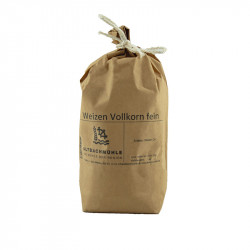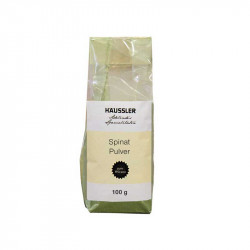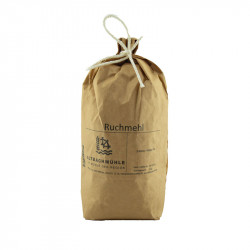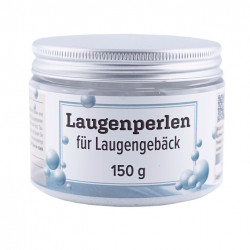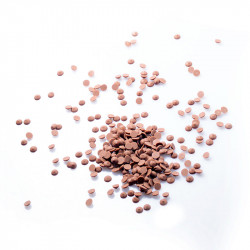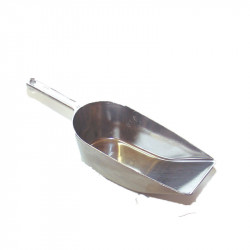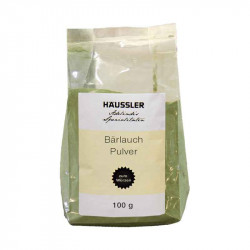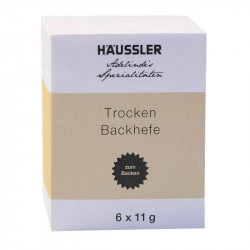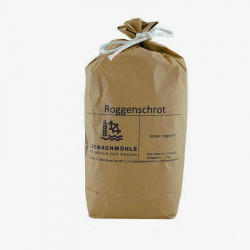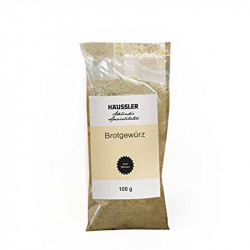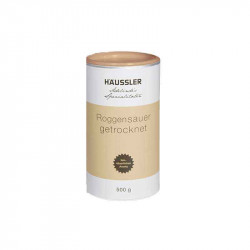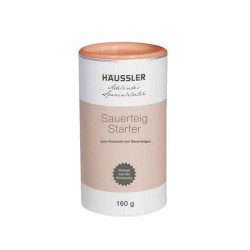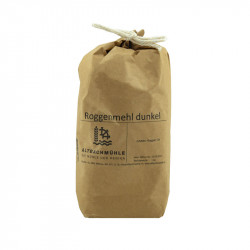-
MenuBack
-
Online Store
-
-
-
-
-
Leer
- Couverture
- Temperature control units
- Aids for chocolate
- Chocolate molds
- Praline fillings
- Chocolate ingredients
- Praline hollow body
- Chocolate colors
- Chocolate tattoos
- Chocolate packaging
- Bean to Bar
- Material for cutting chocolates
- Batons with Kirsch
- Airbrush for chocolate
- High Heels Accessories
- Textured films for chocolate
- Chocolate fountain & fondue
-
-
-
-
-
Kuchen & Torten
- Cakes Fillings & Ingredients
- Fondant & Marzipan
- Cakes tools
- Cake rings
- Silicone molds
- Baking pans for cakes
- Cake stand
- Cakes packaging
- Airbrush for cakes
- Sugar flowers accessories
- Cake Topper & Wedding Figurines
- Cakes dummies
-
-
-
-
-
-
-
-
-
-
-
-
-
-
-
-
-
-
-
-
-
-
-
Füllungen
- Baking chocolate
- Glucose & Sorbitol
- Cocoa beans
- Cocoa nibs
- Monin syrup
- Champagne & Alcohols
- Freeze dried fruits
- Cake & cake glaze
- Flours & baking ingredients
- Chocolate coating & chocolate
- Milk powder
- Granules
- Nuts & Nougat
- Fruit puree
- Creams & Fillings
- Egg yolk & egg white
- Fruit powder
- Special ingredients
- Fondant & Flower Paste
-
-
-
-
-
-
-
- Punching, cutting & embossing
- Mixing bowls & whisks
- Chocolate material
- Thermometer & Burner
- Gloves & Protective Material
- Smoothing & Modeling
- Roll out bar
- Dough scraper & horn
- (Flour) sieves
- Cake turntable
- Spatula & Spatula
- Silicone embossing molds
- Insert strips & cake slices
- Brushes & Tweezers
- Measuring cup
-
-
-
-
-
-
-
-
-
Ausstechformen
-
-
-
-
-
-
-
-
-
Courses
-
-
kurse
- Current courses
- Praline courses
- Chocolate courses
- Chocolate kiss course
- Macaron courses
- Cake courses
- Baking courses
- Patisserie courses
- Ice cream course
- Guetzli, Cookie & Confectionery Courses
- Bread courses
- Pasta courses
- Apéro course
- Cupcakes courses
- Éclair course
- Courses in Zurich - Adliswil
- Children's courses
-
-
- Team Events
- Hen Night
- Retail Store
-
About Us
-
-
-
DirectionsDownload relevant PDF now.
-
-
-
Recipes blog
-
-
Recipes Blog
-
-
-
Shipping and Payment
-
-
Versand/Zahlung/Impressum
-
-
- Online Shop
-
- Novelties
- Sale
- Chocolate and chocolates
- Couverture
- Temperature control units
- Aids for chocolate
- Chocolate molds
- Praline fillings
- Chocolate ingredients
- Praline hollow body
- Chocolate colors
- Chocolate tattoos
- Chocolate packaging
- Bean to Bar
- Material for cutting chocolates
- Batons with Kirsch
- Airbrush for chocolate
- High Heels Accessories
- Textured films for chocolate
- Chocolate fountain & fondue
- Couverture
- Gifts Cards
- Stencils & Stencils
- Cakes & Pies
- Ice cream
- Bread
- Macarons
- Hearty
- Recipe booklets & books
- Cupcakes
- Dessert
- Cake Pops
- Edible decorations
- Fillings & Ingredients
- Glucose & Sorbitol
- Cocoa beans
- Baking chocolate
- Cocoa nibs
- Monin syrup
- Champagne & Alcohols
- Freeze dried fruits
- Cake & cake glaze
- Milk powder
- Flours & baking ingredients
- Chocolate coating & chocolate
- Granules
- Nuts & Nougat
- Fruit puree
- Creams & Fillings
- Egg yolk & egg white
- Fruit powder
- Special ingredients
- Fondant & Flower Paste
- Food Colors
- Auxiliary means
- Spouts & piping bags
- Fondant, marzipan, flower paste
- Bakeware
- Aprons & Potholders
- Cookie cutters
- Season
- Candles
- Party accessories
- Tableware
Flours & Ingredients
There are 40 products.
Active filters
Flour
Different type of cereal
The grain native to our fields has been cultivated by human hands for centuries. From time immemorial, this crop has always been influenced and cultivated.
Wheat
Wheat is closely related to spelt and is one of the most popular cereals in Central Europe.
There are several sub-varieties such as soft wheat, durum wheat or green spelt. Most bakeries use soft wheat. Wheat has become an indispensable ingredient in bakery, as it is used to make all bread and rolls. In addition to breads, it is also used in confectionery, where cookies, cakes and cookies are made from wheat.
Spelt and UrDinkel
This cereal, which originated from the ancient wheat species Emmer and Einkorn, is the original form of today's wheat. However, spelt has more to offer nutritionally than wheat: the spectrum and quantity of essential amino acids is much higher in spelt than in wheat. UrDinkel is a trademark commonly used in Switzerland for spelt from specified cultivation. It guarantees the exclusive use of old Swiss spelt varieties that have not been crossed with modern wheat. Compared to wheat, spelt has a similar amount of protein, but is much more elastic and not as hard-wearing as wheat. Spelt must therefore be kneaded more carefully.
Rye
Rye is a type of grain that belongs to the sweet grasses and since the 12th century has been used mainly for the production of bread. Rye is also used for cooking and for the production of vodka and is therefore very popular.
The baking properties of rye flour differ from those of wheat flour. This is mainly due to the fact that in rye dough the gluten cannot build up a gluten skeleton for gas retention, as this is done here by the mucilage. Unlike wheat pastries, rye pastries are characterized by a darker, firmer and more aromatic dough. The dough must be leavened, which means that it is subjected to sourdough fermentation. An example of pure rye bread would be the Westphalian bread variety Pumpernickel (black bread), which is made from rye meal and is more steamed than baked.
Wheat, spelt and rye flours have one thing in common - the flours are all bakeable on their own!
Main components of flour
The main components in flour are protein and starch.
Protein = protein, gluten and gluten Starch = multiple sugars Important helpers, which are present to a lesser extent, are enzymes, minerals and fat components.
The starch serves primarily as food for water absorption and moisture retention inside the bread.
The protein is stimulated by the kneading process and forms a stable and ductile framework, which is mainly responsible for the gas retention capacity and thus the increase in volume, i.e. the rising. During the baking process, the protein gelatinizes and returns the water to the starch.
Differences of flour and meal
Flour, semolina and meal are different grain size designations. The grain can be ground to different finenesses. Flour is the finest milled grain, semolina is somewhat coarser (e.g. durum wheat semolina) and meal is a coarsely milled grain.
Within the grist there are also further gradations; one distinguishes between fine, medium and coarse. Grist is available in all kinds of cereals and can be purchased directly at the mill, in our store or our online store.
At what temperature should the flour be stored and processed?
For correct storage, the flour should always be stored in a cool place (cellar temperature approx. 15 °C), dry and protected from light. Properly stored, it will keep for at least a year or more. Before adding the flour to the dough, it should have a room temperature of about 18-22 °C.
What is it about the different types of flour?
Almost all packages that are purchased have different types of flour (e.g. wheat flour type 550) printed on them. But what do these mean exactly?
The flour types provide information on the ash content (degree of milling), i.e. the mineral content of a flour. The higher the ash content, the more husk particles and nutrient-rich outer layers of the wheat kernel the flour contains.
One example:
Wheat flour type 550 contains on average 550 mg of minerals per 100 g.
The minerals in a flour come mainly from the hull parts of the cereal grain. The higher the flour type, the more minerals are contained in a flour. Flours of higher types usually look darker.
White flour (type 400 or 550)
White flour refers to flours with a low degree of milling. This means that less of the husk and germ have been milled into flour. The flour is therefore lighter in color and has a high gluten content (protein), but fewer enzymes (= helpers).
The excellent baking properties of white flour type 400 (household flour) make it ideal for cakes and many pastry products.
The white flour type 550 (bakery flour) is ideal for light breads, baguettes, Zopf, Weggli, Semmeli, Brioches, Gipfeli and white breads.
Half-white flour (type 720)
Semi-white flour contains slightly more husk particles and minerals than white flour and thus brings a slightly more pronounced wheat flavor. Semi-white flour is perfect for mixed breads, lighter breads, ciabatta, baguettes or as a basis for your own flour mixtures.
Ruch flour (type 1100)
Ruch flour is a nutritious flour with a high content of protein, minerals and vitamins from the outer marginal layer of the grain. Ruch flour has a distinct flavor and is ideal for dark baked goods, breads with a crispy crumb or also for mixing with other flours.
In addition to semi-white flour, Ruch flour forms the basis for many Swiss cantonal breads. Typical bread varieties are: St. Gallen Ruchbrot and Bauernbrot.
Wholemeal flour (Type 1900)
Whole grain flour contains at least 98 percent of the entire grain kernel, which is why it also contains the most dietary fibers. These keep you full for a long time and are rich in vitamins, minerals and enzymes. Whole grain flour is suitable for a wholesome diet with dark breads, healthy cookies and cakes rich in fiber.


